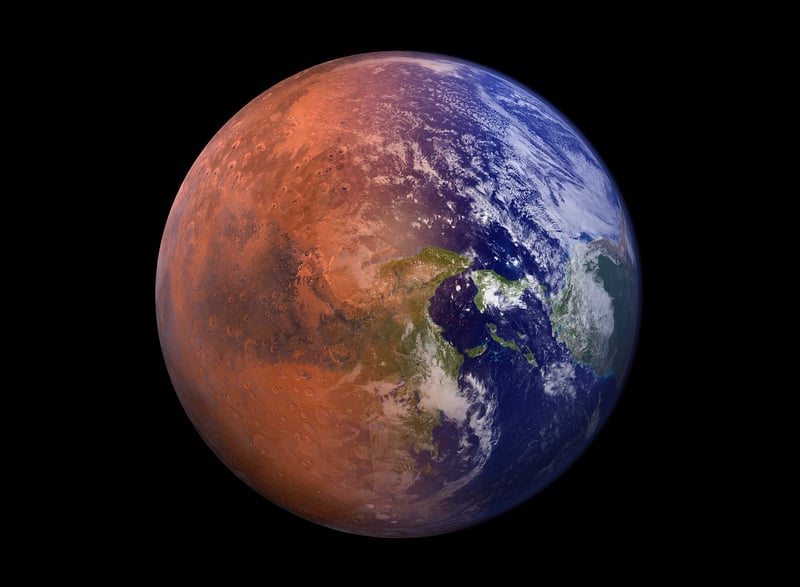Interstellar Travel
Exploring the Universe and Interstellar Travel
Have you ever gazed up at the night sky and wondered about the vastness of the universe? The twinkling stars, distant galaxies, and mysterious black holes all beckon us to delve deeper into the mysteries of space. From the wonders of our own solar system to the possibilities of interstellar travel, the universe offers endless opportunities for exploration and discovery.
Our Solar System
Our solar system, with the sun at its center and planets orbiting around it, is a fascinating place filled with diverse worlds. From the rocky terrain of Mars to the stunning rings of Saturn, each planet and moon has its own unique characteristics waiting to be explored.

Interstellar Travel
Interstellar travel, the concept of traveling between stars or planets outside our solar system, has long captured the imagination of scientists and science fiction enthusiasts alike. While current technology limits us to exploring our own solar system, the dream of one day venturing beyond and visiting other star systems remains a tantalizing prospect.
Proposed methods for interstellar travel include advanced propulsion systems like antimatter engines, solar sails, and even theoretical concepts such as warp drives. These technologies, though currently beyond our reach, hold the promise of one day taking us to distant worlds and expanding our understanding of the cosmos.
Challenges of Interstellar Travel
Despite the excitement surrounding interstellar travel, numerous challenges must be overcome before it becomes a reality. The vast distances between stars, the effects of cosmic radiation on astronauts, and the need for sustainable life support systems are just a few of the hurdles that scientists and engineers are working to address.
- Distance: The closest star system to our own, Alpha Centauri, is over 4 light-years away, posing a significant challenge for any interstellar mission.
- Radiation: Cosmic radiation in space can be harmful to human health, requiring innovative shielding solutions for long-duration space travel.
- Life Support: Developing self-sustaining ecosystems or advanced life support systems is essential for extended missions beyond our solar system.
Conclusion
As we continue to explore the universe and push the boundaries of our knowledge, the dream of interstellar travel remains a beacon of hope for the future. While the challenges are great, so too are the possibilities that await us among the stars. Whether we travel to the edge of our galaxy or beyond, the journey into the unknown promises to be one of discovery, wonder, and endless exploration.
